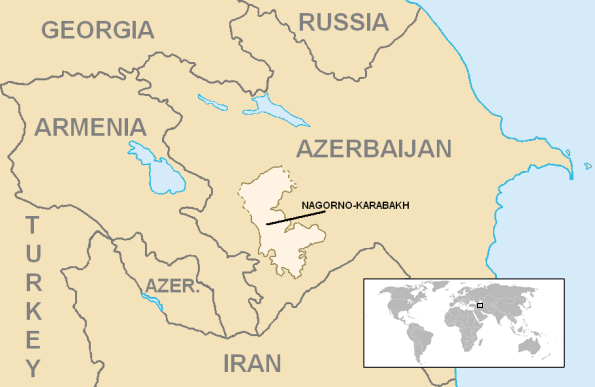Nagorno-Karabakh Dispute
Background
- Nagorno-Karabakh is a landlocked, mountainous and forested region located in the South Caucasus region, which straddles the border between eastern Europe and western Asia and spans the southern part of the Caucasus mountains.
- Modern-day Armenia and Azerbaijan became part of the Soviet Union when it formed in the 1920s.
- As the Soviet Union saw increasing tensions in its constituent republics in the 1980s, Nagorno-Karabakh voted to become part of Armenia, but the Soviets gave control over the area to Azerbaijani authorities. It sparked ethnic clashes that stopped with a ceasefire in 1994.
- Since then, Nagorno-Karabakh has remained part of Muslim-majority Azerbaijan but is controlled by separatist ethnic Armenians backed by the Christian Armenian government.
- The ceasefire also established the Nagorno-Karabakh Line of Contact, separating Armenian and Azerbaijan forces.

Peace talks
- Peace talks have taken place since then, mediated by the Organization for Security and Co-operation in Europe (OSCE) Minsk Group – a body set up in 1992 and chaired by France, Russia and the United States.
- However, negotiations have so far failed to produce a permanent peace agreement, and the dispute remains one of post-Soviet Europe’s “frozen conflicts.”
Why in News?
- Armenian forces have agreed to a Russian proposal for a ceasefire and complete surrender as demanded by Azerbaijan.
- The move came after Azerbaijan’s army launched an offensive operation in Nagorno-Karabakh to take control of the autonomous region.
Subscribe
Login
0 Comments
